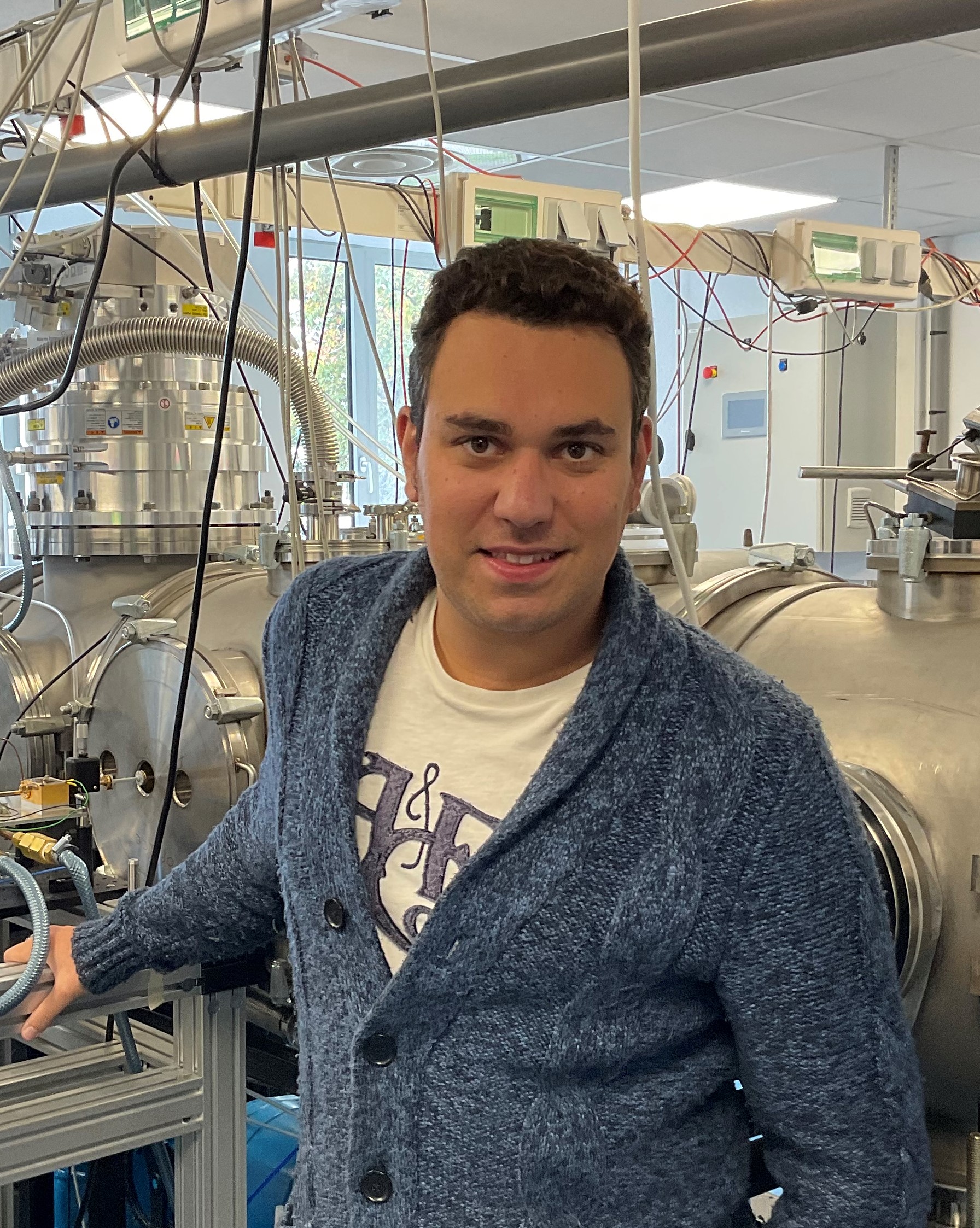Alberto Macario Farto, a physical chemist performing experiments on molecular interactions

Dr Alberto Macario Farto is a physical chemist undertaking research at the crossroads of two physics domains: spectroscopy and kinetics. He is beginning the ROTATE project at the Institut de Physique de Rennes (Université de Rennes 1).
[BIENVENÜE team] Hello Alberto, how did you come to work on this subject?
[Dr. Alberto Macario Farto]: I did a PhD in chemistry at the University of Valladolid (Spain), where I focused on rotational spectroscopy. This method consists of low energy radiation that has an effect on matter. For example, a microwave oven emits radiation at a constant frequency, which is absorbed by the molecules of the food, mainly water, causing them to move and heating them as they do so. I am working at this molecular level.
I experimented during my PhD to have better structural images of the molecules, such as aspirin derivatives, as they were submitted to microwave radiation. I studied how these molecules behave when they are mixed together with other molecules, such as water, giving so-called “complexes”. With rotational spectroscopy, I could see from all angles what was happening to the molecules and how these complexes are formed.
What will you be working on during the ROTATE project?
I am working on chemical kinetics, which is the study of the rapidity of chemical reactions. I will use stable molecules, such as water, to study how fast they join and interact forming the complexes.
It was key for me to do this project at IPR, because I can have access to infrastructures almost unique in the world. The scientists here have developed techniques that allow them to study molecules and their reactions while setting the best conditions to do so in terms of density, temperature, pressure, etc. This will allow me to, during my experiment, not only be able to follow different products of my reaction (have a look at everything at the same time), but also mimic the best external conditions to reproduce our experiments.
This project is basic research-oriented. Do you have an idea of the next steps, or how could your results be used?
Scientists today have common databases, like libraries, where molecules and their effects and reactivities are recorded. However, there are still many gaps and approximations My experiments will prove what actually is happening.
In the long term, my results might be used by theoretical teams to create models. I will study molecules of atmospheric interest such as water and formic acid, which play an important role in the formation of clouds. So, other scientists might use my results to make finer models of atmospheric dynamics.
Why was it important to do this project at IPR?
As I said, at IPR I will have access to key experimental infrastructures to conduct my work. Another important aspect is to be integrated into networks and collaborations that will allow my career to grow. As I have already been at the IPR in the last months, I have joined and participated in the activities of QUADMARTS, an international research network with mainly French and American partners, among others.
Do you have a recommendation for the reader eager to know more?
Have a look at the TED talk by Dr Garik Israelian on how spectroscopy could reveal alien life. This is another interesting application of spectroscopy.
